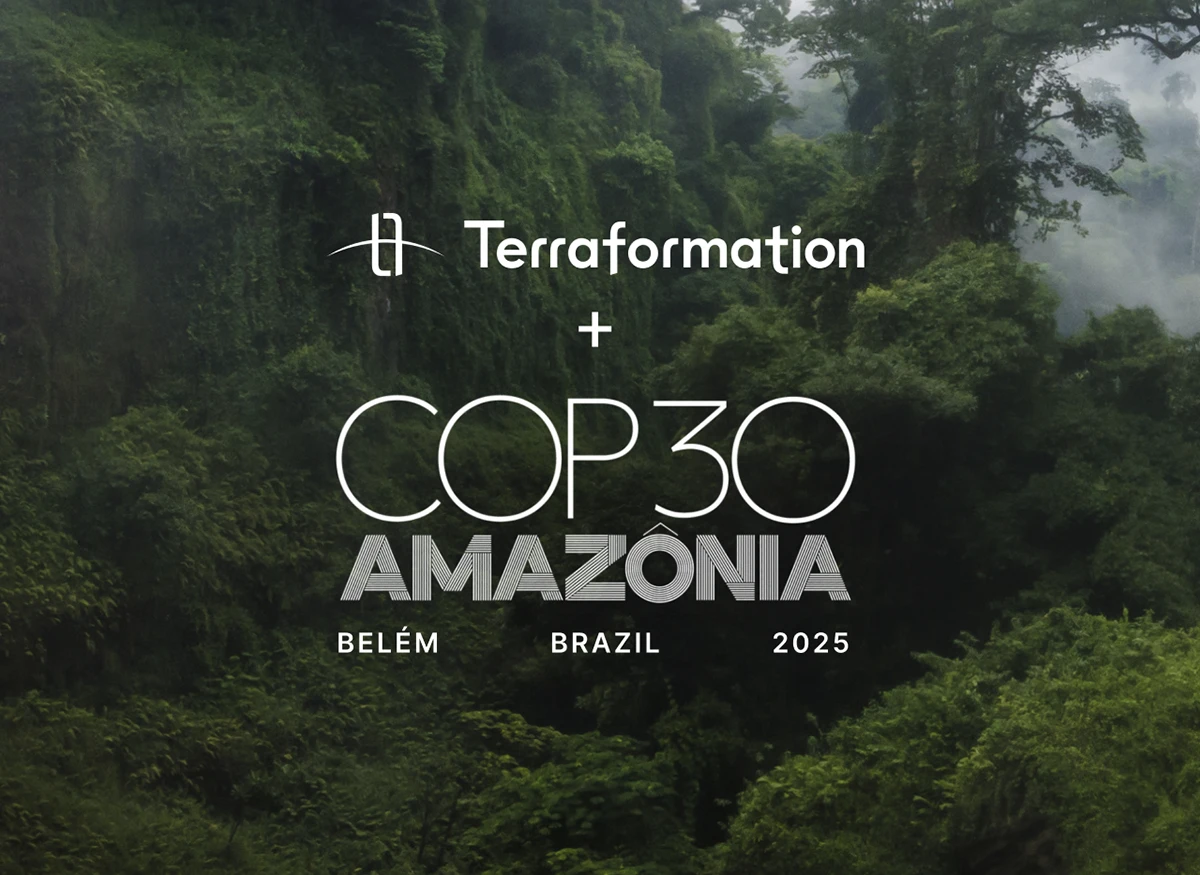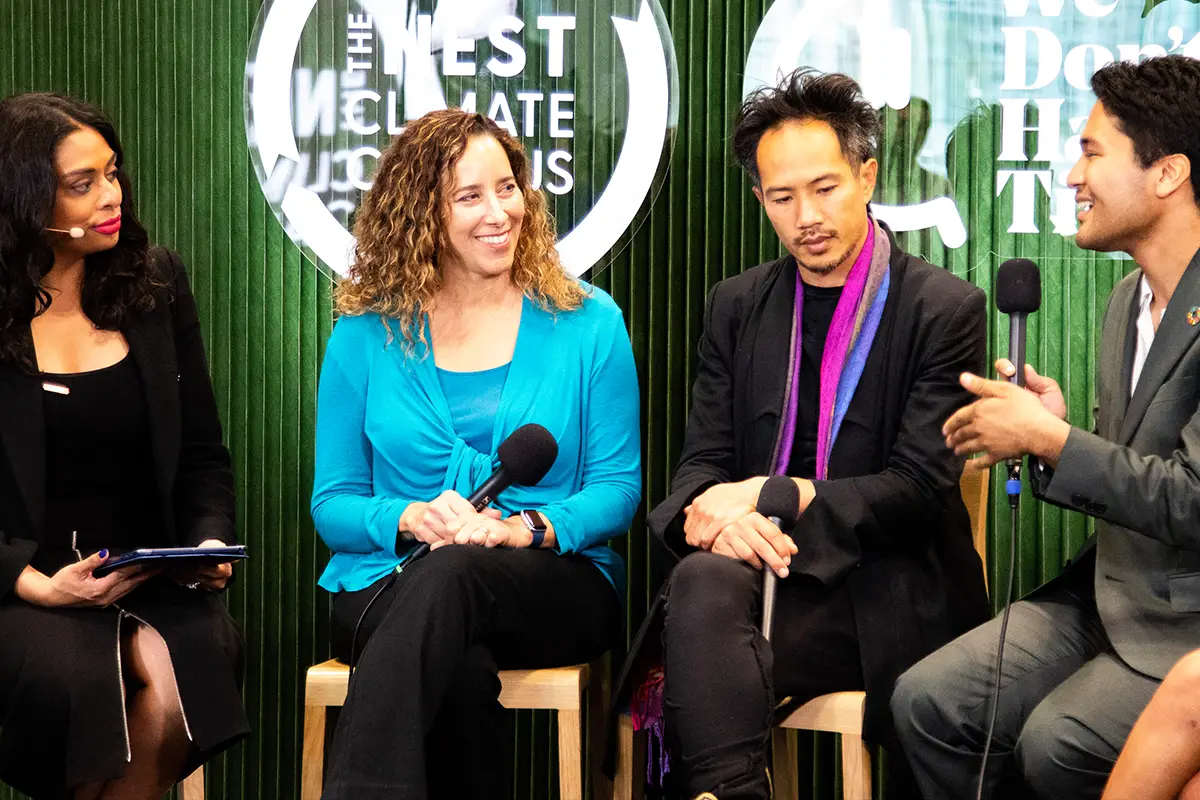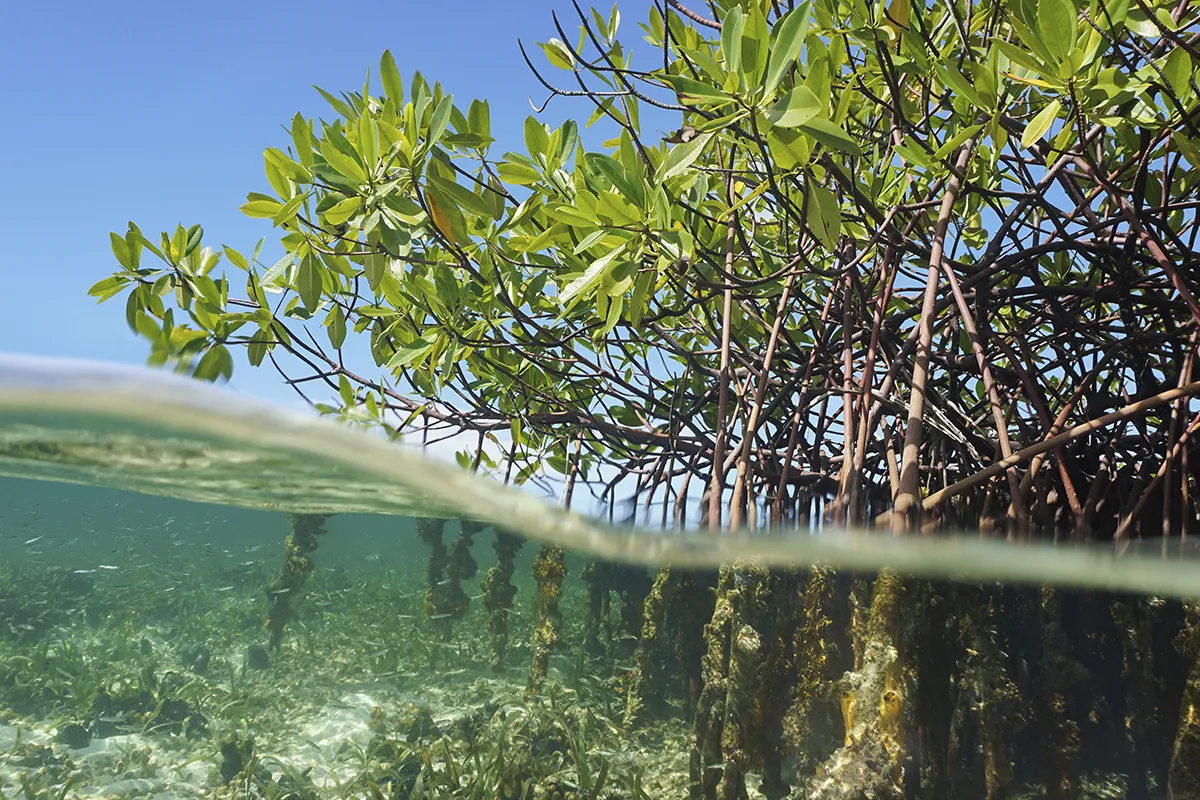The Path to Reversing Desertification Begins Along Africa's Great Green Wall
.webp)
Sarah Toumi and Gilles Ouedraogo are monitoring officers at the Great Green Wall Accelerator, part of the United Nations Convention to Combat Desertification. We welcome them as guest authors today to mark the World Day to Combat on Desertification and Drought, held every year on June 17th.
The Sahel is a global hotspot for climate change and biodiversity loss. The region has already experienced decades of desertification due to unsustainable land use practices. Now climate change is exacerbating the situation, and unpredictable droughts erode food security, stability, and security in the region. Climate stress is only expected to increase in the region, with an estimated 3–6 °C temperature rise by the end of the century (IPCC).
African leaders identified this issue decades ago. In 2007, the African Union led the creation of the Great Green Wall Initiative in 11 countries: Mauritania, Senegal, Mali, Burkina Faso, Niger, Nigeria, Chad, Sudan, Ethiopia, Eritrea, and Djibouti.
The goal of the Initiative is to restore an 8,000-kilometer band of degraded land across the Sahel — an area south of the Sahara Desert and north of the savannas and jungles of central Africa. Though the Initiative began as a tree-planting project, it quickly evolved into something much more — a restoration initiative based on a mosaic of sustainable land use practices; many of the Initiative’s land management models are grounded in indigenous modifications of common agricultural practices.
The Great Green Wall could become the biggest nature-based climate solution on Earth, an African-made natural wonder of the world, and a pride for humanity.
A decade in, and roughly 15 percent underway, the Initiative is already bringing life back to Africa’s degraded landscapes, providing food security and jobs. But achieving the full 8,000 km goal will take even more coordinated action among stakeholders.
The decade ahead for the Great Green Wall
At the One Planet Summit for Biodiversity in January 2021, world leaders pledged more than €16 billion to support the Initiative over the next five years. The Summit also launched the new Great Green Wall accelerator to inject fresh momentum into the GGW along 5 pillars of action:
- investing in agroecological value chains,
- restoring landscapes and sustainable management of soil and water resources,
- supporting climate-resilient infrastructure and access to clean energy,
- creating a favorable governance framework for security, stability and sustainability, and strengthening capacity building and advocacy.
Strong partnerships will be the foundation of success for the Great Green Wall this decade. Alongside the One Planet Summit, more than one hundred European and African actors signed on to the IAM Africa effort to support the Great Green Wall by investing in ecological sustainability, fairness, transparency, and economic scalability. Signatories included small businesses, environmental NGOs, and corporate and international partners.
Development of the Sahelian carbon market could also support progress along the Great Green Wall by driving financial resources to stakeholders, making it possible to scale their work and access technology to accelerate success.
Terraformation is a good example of how technologists and conservationists can join forces to solve the most pressing issues facing our planet. The company will be an asset for the Great Green Wall Initiative to achieve its goals and empower local entrepreneurs.
By the end of this year, the Great Green Wall Accelerator will release an online platform and results management framework to empower any person or organization wishing to contribute to the Initiative.
The Great Green Wall offers a compelling solution to many urgent threats not only facing the African Continent, but the global community: climate change, drought, famine, conflict, and migration. This restoration work has the power to reverse degrades of land degradation and transform the Sahel into a land of opportunities.
To learn more, visit: https://www.greatgreenwall.org/
About the authors:
Sarah Toumi joined the UNCCD Great Green Wall Accelerator founding team in April 2021. As a social entrepreneur and founder of Acacias for All, she’s spent the last ten years identifying the most efficient techniques to integrate restoration into agri-value chains using agroecology, agroforestry and empowering women farmers. Her work has focused on the arid regions of Tunisia, a north-African country where 70% of the land area is threatened by desertification, and water scarcity has become a major issue.
Her team worked with over 500 farmers and small businesses, empowering them with technical and market assistance across 5 value chains (olive, dates, aromatic plants, honey, moringa). Joining UNCCD as a monitoring officer of the Great Green Wall Accelerator is a new challenge she is seeing with a social entrepreneurship mindset:
“It requires humility and boldness to coordinate and harmonize all the efforts and evaluate the impact with transparency and accuracy so we can better improve and achieve our goals by 2030. We need to dare like dreamers, deliver like doers and disrupt the status quo.”
Gilles Ouedraogo is a monitoring officer at the Great Green Wall Accelerator. Born in Burkina Faso, he has worked across 14 African countries in humanitarian programs. He believes the Great Green Wall Accelerator could support a new model for monitoring and evaluation of international aid, and empower youth in entrepreneurship.
“What drives me is the stimulation of growth in the Sahel region of Africa. An ancient Native American proverb suggests that the land we live off-of does not belong to us, and that we are borrowing it from our children. This imagery captures my life's focus well. Ensuring we leave this world in better shape than we found it. That is why I am passionate about measuring the impact of our actions on the Sahel region. I am also passionate about the narrative that is shared in the Sahel. Indeed the way this region is portrayed in the media today and throughout history, is damaging. The only way this can change is if Sahelians start telling their stories and sharing their successes. On my own time I enjoy exchanging with African changemakers, trailblazers, innovators, and entrepreneurs to highlight and showcase their work to a wider audience.”
















